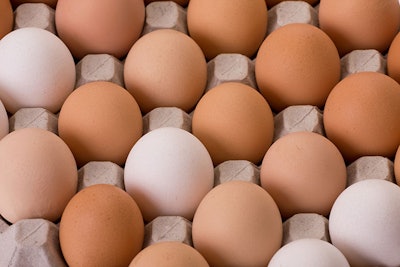
The Massachusetts Senate passed a bill on June 24, 2021, that will change the housing density mandate of the 2016 Question 3 law. The new legislation, if passed by the House of Representatives and finally signed by Governor Charlie Baker, will reduce the minimum space allotted in cage-free housing for each hen to 1 square foot of usable space versus the 1.5 square feet voted for in Question 3.
The bill will allow for a more secure egg supply in the state, and more closely mimic the United Egg Producers (UEP) cage-free guidelines. Specifically, the bill will allow for 1 square foot of usable space only for layers that are kept in aviary facilities, which are not commonly found in Massachusetts.
In 2016, Massachusetts voters approved Question 3 (also known as the Massachusetts Minimum Size requirements for Farm Animal Containment proposal) for implementation in 2022. The rule was backed by the Humane Society of the United States and other animal welfare groups. Question 3 states that eggs produced in the state of Massachusetts must all be cage-free and laying hens must have access to at least 1.5 square feet of usable floor space.
Potential egg shortage
Aviary style facilities are quickly becoming the industry standard due to the elevated platforms and vertical space offered in them. Without the new law, facilities that only allow 1 foot of space would not be able to supply to Massachusetts, meaning that egg shortages would be likely occur from time to time in the state.
Steve Vendemia, president of Hillandale Farms Connecticut, stated "We couldn't come close to supplying the needs of Massachusetts." Additionally, he said that there’s not enough layers housed in facilities using 1.5 square feet in Massachusetts to cover the supply. “An egg shortage could drive up costs for consumers in Massachusetts, which would especially hurt those with the lowest incomes,” Vendemia stated.
Under the new law, farms that do not have an aviary system would still be required to give 1.5 square feet per bird. A good example of this is The Country Hen egg farm in Hubbardston, MA.
Bob Beauregard, the farm’s general manager, said “The way we produce, it wouldn't change anything, because we'd still produce at 1.5 square feet. Most out-of-state, cage-free egg producing facilities have transitioned to aviaries, so if the new regulations go into effect, there are very few farms like his that would be allowed to supply eggs to Massachusetts consumers.”


















